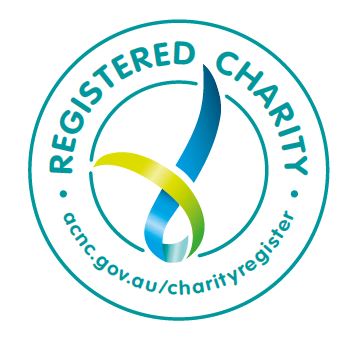Yad Vashem Launches Unique Online Exhibition:
“Marking the New Year”
(September 9, 2015—Jerusalem) Ushering in the beginning of the Jewish New Year, a special online exhibition has been uploaded to www.yadvashem.org . “Marking the New Year” features approximately 50 items from Yad Vashem’s collections, including greeting cards, documents, religious artifacts and testimonies – all relating to the Jewish New Year. Through these items, Yad Vashem offers a glimpse into some of the ways that Jews marked the High Holidays before, during and immediately after the Holocaust.
The exhibit is featured in English, Hebrew and Spanish.
Shofar blowing in the Kovno Ghetto, from the testimony of Shmuel Daitch Ben Menachem
“On Rosh Hashanah, anyone who could get out of their work and come to the synagogue in order to hear the blowing of the Shofar did everything to do so…. My father blew the Shofar all throughout the Jewish month of Elul without a single mistake, and so he got up and put the Shofar to his lips – and no sound came out. He tried two, three times, and nothing came. No one wanted to ask Rabbi Mendel, the Head of the Yeshiva, to take the Shofar away. At the time I was 16 years old, and I went over to him and said, ‘Father, give me the Shofar.’ He gave me the Shofar and I blew the thirty blasts. The whole congregation started to cry – with good reason. A month and seven days later most of the people there were in the world to come, together with my father and the rest of my family except for me, my sister and my younger brother.”
Shmuel Daitch Ben Menachem was born in Kovno, Lithuania, in 1924, to a religious family. With the German invasion of the Soviet Union in 1941, the family was deported with the rest of the Jews of Kovno into the ghetto in the Slobodka neighborhood. In October 1941, Shmuel’s parents and older brother were murdered in the Ninth Fort in Kovno. Surviving the selection with his younger brother and sister, Shmuel joined the Zionist ABC Youth Movement in the ghetto, becoming a member of the underground. He eventually fled the ghetto and joined the Zionist partisans, living in the forest and helping Jews escape from the ghetto. Wounded during a Lithuanian ambush, Shmuel managed to escape and remained hidden in the forest until liberation by the Soviet army. Immigrating to Eretz Israel after the war, Shmuel participated in Israel’s War of Independence in the “Shimshon Foxes” battalion.
Jewish calendar and prayers from Bergen-Belsen
A series of original drawings, including a Jewish Calendar from the Jewish Year 5705 (1944-1945) and the U’Netane Tokef one of the holiest prayers in the liturgy of Rosh Hashanah and Yom Kippur, is portrayed in the exhibition. Menachem Shimoni, (formerly Emil Neumann) was born in 1927 in Krakow, Poland. During his childhood, the family moved to Budapest, and they remained in Hungary during the war years. In 1944, after the German invasion, the family managed to board the “Kastner train” that traveled from Budapest to Bergen-Belsen, Germany. While imprisoned in Bergen-Belsen, Menachem made a calendar from memory. The calendar included all the festivals and special days, and the weekly Torah portion, and served many religious prisoners in the camp, who tried to remain observant despite the inhuman conditions prevailing there.
The whole family, including Menachem’s brother and sister, survived, and after the war’s end immigrated to Eretz Israel. Menachem arrived in Eretz Israel in 1945, and settled in Tel Aviv, where he was active in the “Tze’irai Hamizrachi” movement. He later married and moved to Bnei Brak.


